I use React to set iframe with youtube video on page in correct size. All works well but for mobiles doesn't work autoplay option.
What is interesting for page, what I have as example video it works perfect.
<iframe type="text/html" allowTransparency="true" height="100%" width="100%" preload="metadata" gesture="media" allow="encrypted-media" className="autoplay-iframe"
src={`https://www.youtube.com/embed/`+this.props.autoplay+`?autoplay=1&version=3&html5=1&hd=1&controls=0&loop=1&playlist=`+this.props.autoplay+`&playsinline=1&rel=0&showinfo=0&modestbranding=1&related=0&enablejsapi=1&origin=`+window.location.hostname} frameborder="0"></iframe>
above is my iframe code. I cut some part of iframe code but there are just style in styles attribute. It isn't important for autoplay. The same finally url for other page works. I'm not sure why. Any hints how I can solve this problem?
Thanks in advance.
